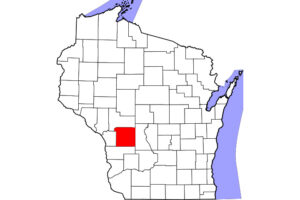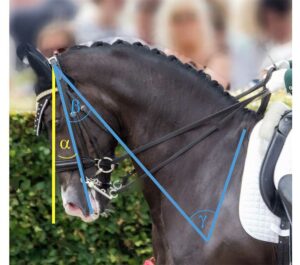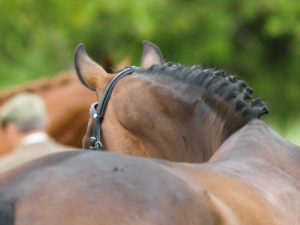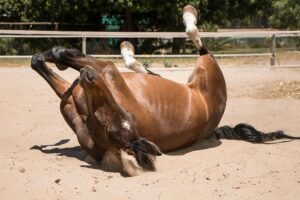Foal Deformities: New Treatments (Bluegrass Laminitis Symposium)
Isn’t it just a rotten feeling to look at your foal and notice for the first time that he’s crooked? Even if you have your veterinarian and farrier on speed dial and they’re already on the way to work miracles, you can’t help but worry if the foal will straighten out enough to make a good sale and/or a good athlete.
Angular and flexural limb deformities in foals are concerns, to be sure, but they’re not necessarily kisses of death. At the recent Bluegrass Laminitis Symposium, held January 25-28 in Louisville, Ky., host Ric Redden, DVM, founder of the International Equine Podiatry Center in Versailles, Ky., discussed treatments for foal deformities.
"There are several basic deformities that we must deal with: Angular, axial, rotational, spiral, weak flexor and contracted flexor, and windswept deformities," he began. "I rank each deformity on a grade of one to five, with one being visible only to the well-trained eye, and five being an off-the-scale deformity. Foals may have a deformity in one limb or a combination of deformities in one or all limbs. Regardless, each deformity is graded before selecting the best treatment option.
"It sounds simple enough to say a foal toes in or out, but it is actually much more complex than that," he went on. "We need to be able to recognize the deformity, classify it to some degree, have knowledge of growth plate closure, and be alert to the stress that corrective aids can put on the rest of the limb and foot
Create a free account with TheHorse.com to view this content.
TheHorse.com is home to thousands of free articles about horse health care. In order to access some of our exclusive free content, you must be signed into TheHorse.com.
Start your free account today!
Already have an account?
and continue reading.
Written by:
Christy M. West
Related Articles
Stay on top of the most recent Horse Health news with



















